Here is the Opuntia Subulata and is known worldwide as Eva’s needles. It is one of the most famous and common cacti. It is a robust, tree-like plant with a very branched, tree-like growth that grows in height usually reaching between two and three meters easily or reaching even in special cases at four or five and having a diameter of between ten and fifteen centimeters. The shoots at the tips are elongated and quite fragile. They can grow up to fifty centimeters long.
The stem is usually between six and ten centimeters in diameter. If you look at the older crust, you can see it’s smooth and brown. Areoles on top of the shoots have spine groups of between four and eight completely straight, strong and yellow to gray in color measuring up to six centimeters long.
The flowering is quite curious: only occurs in those specimens that are of considerable size. They leave when it starts to heat and offers us large, very colorful reddish pink flowers with orange interior and whitish base. They are between seven and ten centimeters long. When the first flowers begin to appear, leaves also emerge that are also relatively large and persistent. These appear at the ends of the stems and fall at the beginning of winter. When the flower has marshy, it gives way to some ten centimeters of spiny fruits.
As far as minimum temperatures are concerned, it is not appropriate to expose it to less than four degrees negative because it could die. Although it has been the case that if it is in a place where atmospheric humidity is low, it can hold up to twelve degrees negative as long as it is not prolonged. However, I advise you, never let them exceed five positive degrees. It is a species that grows well and does not offer growing difficulties, it well supports drought and sea winds.
It likes to be outdoors, in full sun or in the shadow of the afternoon. If you have it inside, it needs bright light and some direct sun, at least for four or five hours a day. Finally, it must be irrigated regularly in the heat epoch, but allowing the substrate to dry completely before irrigating again and never irrigating excessively. In spring, water once every fortnight, in summer once a week, in autumn once a month if applicable and in winter, it must be kept dry. It is preferable not to irrigate on cloudy, humid or cold days.


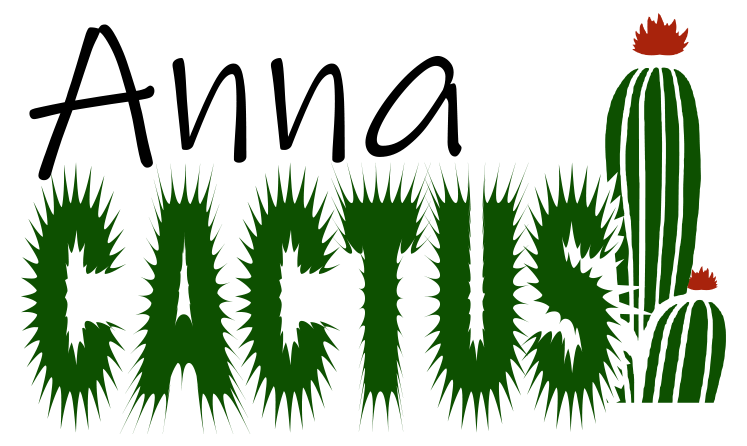
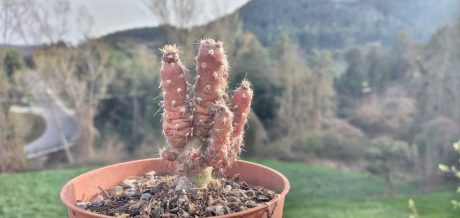
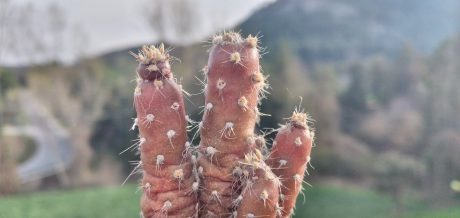
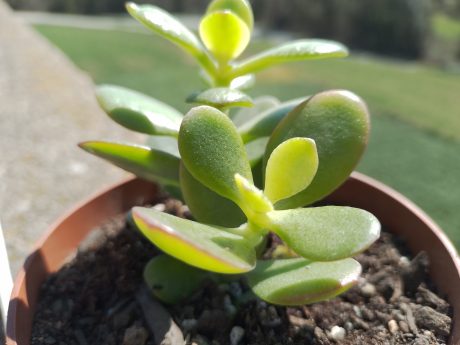

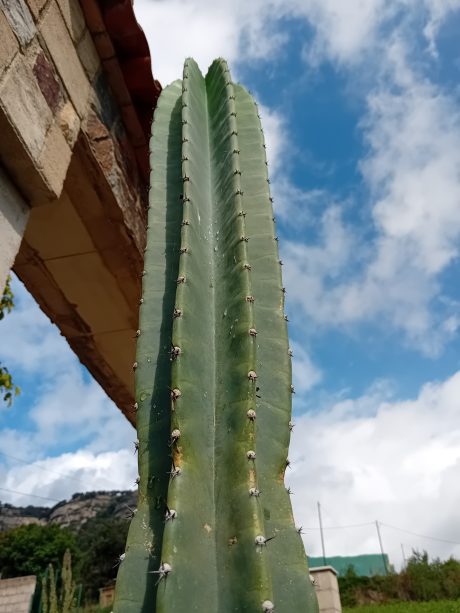

Reviews
There are no reviews yet.